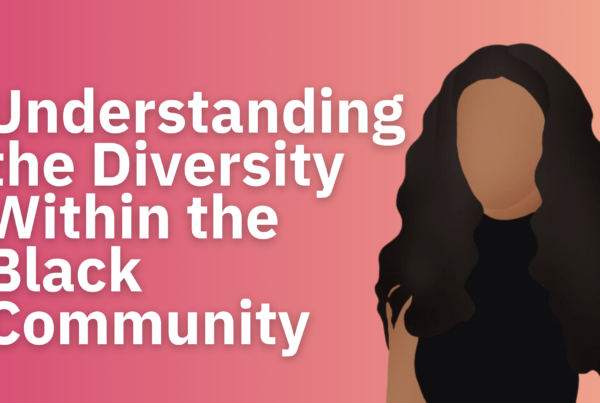Key Takeaways:
- Technology and social media significantly boost community impact efforts.
- Data-driven methods streamline Social Return on Investment (SROI) assessments.
- Real-time access to impact data fosters trust and collaboration.
You might wonder how technology and social media fit into the deeply human-centered concept of community impact. Surprisingly, they play a crucial role! From enhancing community impact efforts to highlighting inequalities, technology and social media are indispensable tools. As we move into 2025, the landscape of Social Return on Investment (SROI) evaluation is also expected to evolve, leveraging technology for more efficient and accurate assessments. Let’s delve into how these advancements are shaping the future of community impact.
The Role of Technology in Community Impact
Technology is revolutionizing the way we measure and achieve community impact. Traditional methods of SROI evaluation are often time-consuming and complex, involving extensive data collection and analysis. However, emerging data-driven approaches are transforming this process. Automated tools powered by AI enable quicker, more accurate SROI assessments, making it easier for organizations of all sizes to evaluate their impact.
For smaller organizations with limited resources, these technological advancements offer a lifeline. AI-powered surveys and analytics streamline data collection and analysis, providing valuable insights with enhanced accuracy and speed. Larger companies can leverage their technical expertise to offer these analytics at scale, benefiting entire networks and ecosystems.
The Power of Social Media in Community Impact
Social media plays a pivotal role in supporting community impact efforts. It serves as a platform to call out inequalities, raise awareness, and mobilize support for various causes. By spreading information quickly and widely, social media can galvanize communities around important issues and drive collective action.
Moreover, social media enables real-time communication and engagement with stakeholders. This immediacy fosters a sense of urgency and relevance, encouraging more people to get involved and contribute to community impact initiatives. As stakeholders seek robust and interactive insights, the integration of social media with data-driven platforms becomes increasingly important.
Future Trends in Community Impact Assessment
Looking ahead, we anticipate a shift towards more flexible and creative approaches to addressing community issues. The adoption of data and technology-enabled platforms will play a key role in this evolution. These platforms provide stakeholders with real-time access to impact data, cultivating greater trust and enabling more effective collaboration.
For instance, interactive dashboards and analytics tools can offer up-to-date SROI values, making it easier for stakeholders to understand and act on the impact of various initiatives. This transparency and accessibility are crucial for building trust and fostering a collaborative environment where community impact efforts can thrive.
Technology and social media are transforming the landscape of community impact, making it more efficient, accurate, and inclusive. By leveraging these tools, organizations can enhance their impact, engage more effectively with stakeholders, and drive meaningful change. Embrace the power of technology and social media to amplify your community impact efforts.
Start today by exploring our technology-enabled platforms and see how you can make a difference in your community.



